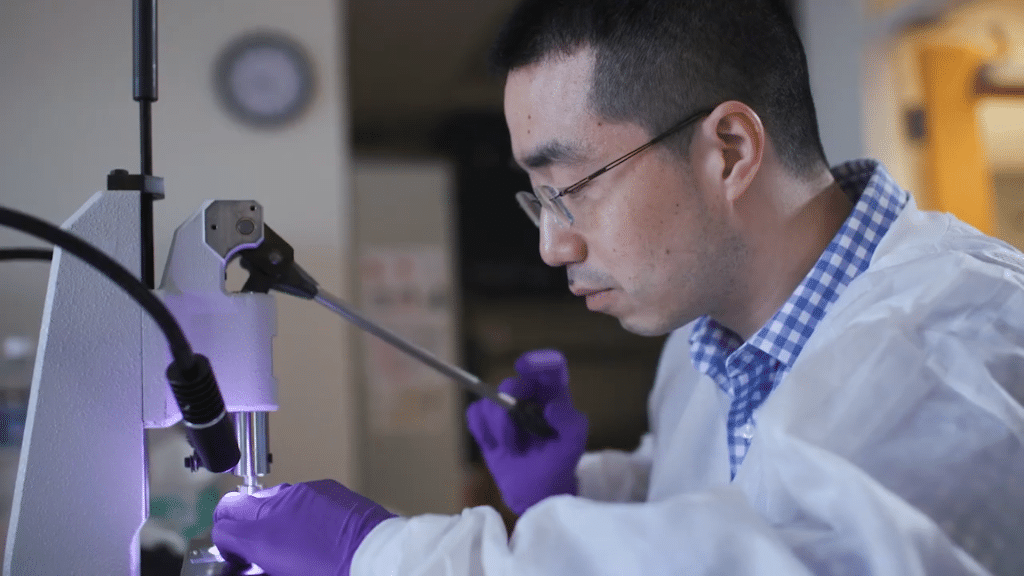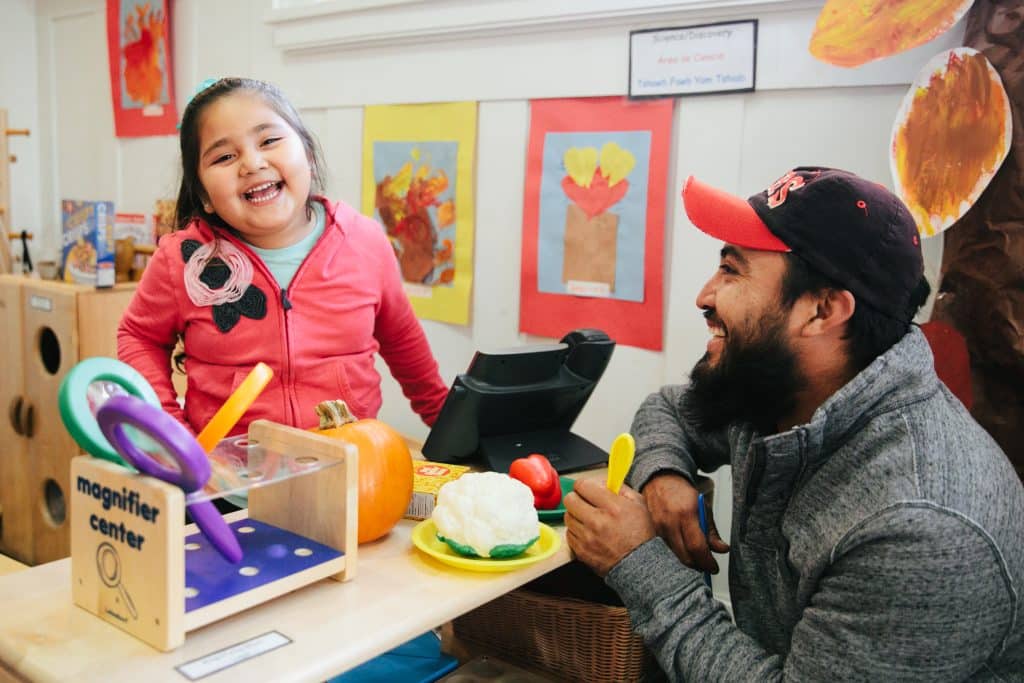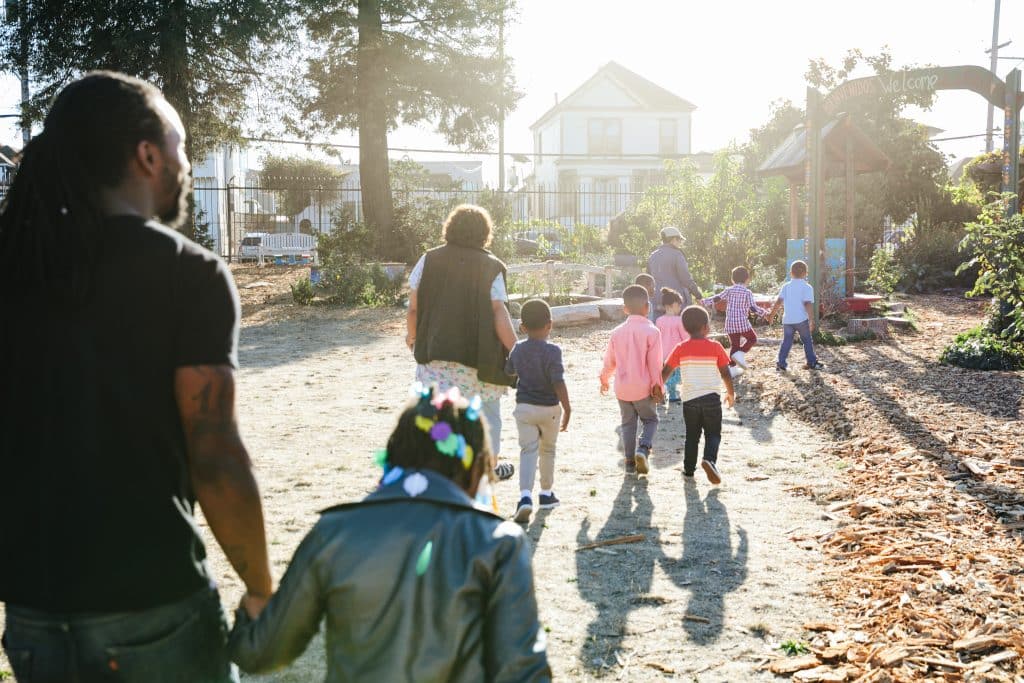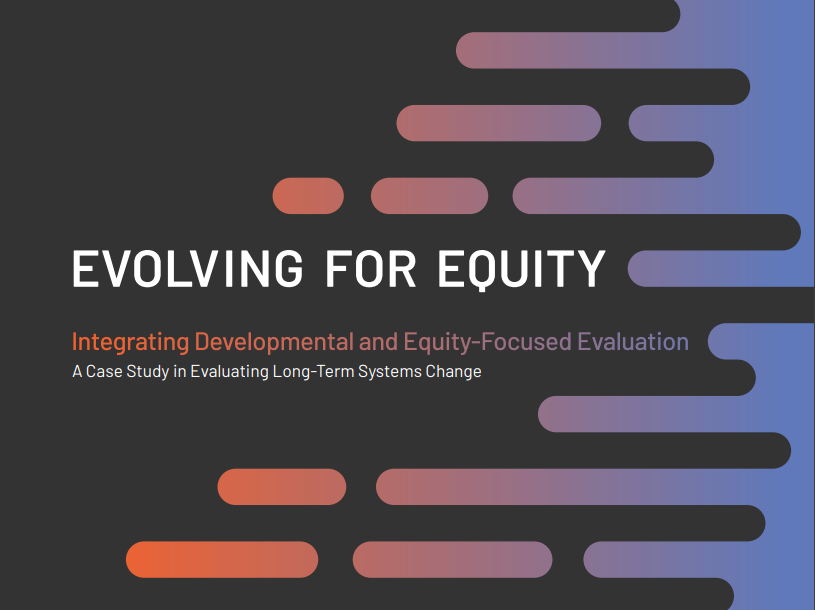Raising a family in the United States has perhaps never been more challenging than it is today, particularly in the aftermath of the pandemic. Child care has become more expensive and more difficult for working parents to secure. The costs for food, housing, clothing, school supplies, and utilities have skyrocketed as the economy shifts and adapts to new global supply chain realities. And the high cost of health care and insurance means that health care affordability remains out of reach for many. Imagine what is possible with a bit of extra money on a monthly basis for families who may be struggling to make ends meet. It’s revolutionary.
In fact, one beacon of hope for families has been the recent enhancements to the Child Tax Credit (CTC) program, enhancements that were part of the Biden-Harris administration’s landmark economic recovery legislation known as the American Rescue Plan Act (ARPA). With the passage of ARPA, households earning less than $150,000 per year became eligible to receive monthly payments of $250 to $300 per child, beginning in July of this year, to help offset the costs of raising the next generation. And for the first time, households with very low or no income became eligible for the full benefit, regardless of whether they are required to file taxes.
For families who filed taxes in 2019 or 2020, these benefits were directly deposited into their bank accounts by the IRS. But, as many as 2.3 million children could miss out on expanded Child Tax Credit benefits because their families earned too little to file a tax return and are not in the IRS system. In effect, the families who have the most to gain by accessing these benefits are the most likely to miss out on them. For this reason, the Packard Foundation has been focusing a good portion of the $20 million we have committed towards the successful implementation of ARPA to support outreach to these families so that they can take advantage of the CTC.
Code for America Partnership
Reaching families who don’t file taxes but who are eligible for the CTC means recognizing that many non-filers represent households who don’t have access to a desktop computer and who typically rely on their mobile devices to access the internet. Many non-filers are immigrant families; they may not speak English as their first language. And many rely on trusted community members for access to important health and benefit information. The web portal that was put in place by the U.S. Department of Treasury to enable non-tax filing families to access CTC benefits needed additional support and resourcing to sufficiently address these communications barriers.
To reach the millions of non-filing families who might miss out on CTC benefits, the Packard Foundation partnered with Code for America and the Rockefeller Foundation to support the launch of a new mobile-friendly web portal called GetCTC.org. GetCTC.org was released in early September in both Spanish and English — a herculean effort given that the CTC expansion was just announced in March of this year. In an ideal world, the app would have launched sooner. But apps take time to design and deploy, and systems and funding were already moving as fast as they could.
Still, our coalition was able to mobilize with unprecedented speed to close funding gaps and work with other grantee partners, such as GMMB, to develop communications and outreach about the app and the CTC. GMMB jumped into action to develop trainings for community “navigators” to assist families with enrollment, social media messaging for promoting the benefit, an FAQ to address common questions and misinformation about the CTC, and an outreach toolkit translated into English, Spanish, Vietnamese, Arabic, Chinese, Tagalog, French, Korean, Russian, Farsi, Swahili, Creole, Marshallese, Samoan, Dari, and Pashto. Through the power of partnership, we were able to leverage our connections with numerous grantee organizations to disseminate these materials in a mad dash to sign up as many eligible families as possible before the IRS-mandated window of opportunity for sign-ups on GetCTC.org closes on November 15 of this year.
Child tax credits are already helping families
Data shows that the Child Tax Credit payments are already helping families purchase food and pay their bills, and GetCTC.org has been critical to lending that support. As of October 31, 2021, more than $296 million in benefits have been delivered to 81,000 families through the GetCTC.org portal. And surveys are showing that, to date, 91 percent of families with household incomes less than $35,000 are using their monthly CTC payments for the most basic household expenses—diapers, food, clothing, shelter, utilities, and education. For the first time in their lives, some families are finding it possible to save for emergencies and contribute to college funds for their children. From our perspective at the Packard Foundation, this represents a huge step towards alleviating poverty, possibly breaking the cycle for future generations.
Achieving equity requires a focus on poverty
From the Mississippi Delta to the Rust Belt, Appalachia to the southern Texas border, poverty is ubiquitous throughout the United States. While pervasive, poverty affects certain racial and ethnic groups at higher rates than others. And as has been widely reported, the coronavirus pandemic only exacerbated these disparities. A recent post by Child Trends finds that child poverty overall increased from 15.7 percent in 2019 to 17.5 percent in 2020 with “roughly 1.2 million more children living in poverty in 2020” compared to 2019. Those poverty rates grew substantially more among Latino children, Black children, and children from female-headed families, while they remained flat for white and Asian children.
The expansion of the CTC has been hailed as a historic victory that, by many estimates, could reduce child poverty by 40 to 50 percent, with the largest impacts on Latino and Black children. But for the potential of the CTC to be fully realized, it’s essential that we keep equity at the forefront when considering how we reach families in terms of awareness and enrollment. We must focus our efforts on addressing the barriers faced by families who encounter the greatest challenges to financial security.
We cannot afford to stop this progress now. If the expanded CTC is made permanent in the coming months and years, we will be able to make a meaningful, lasting difference in the lives of families. We have a tremendous opportunity at hand. Yet, we must continue to address the gaps in access to these benefits so that every family has the financial security to ensure a healthy and prosperous future.








